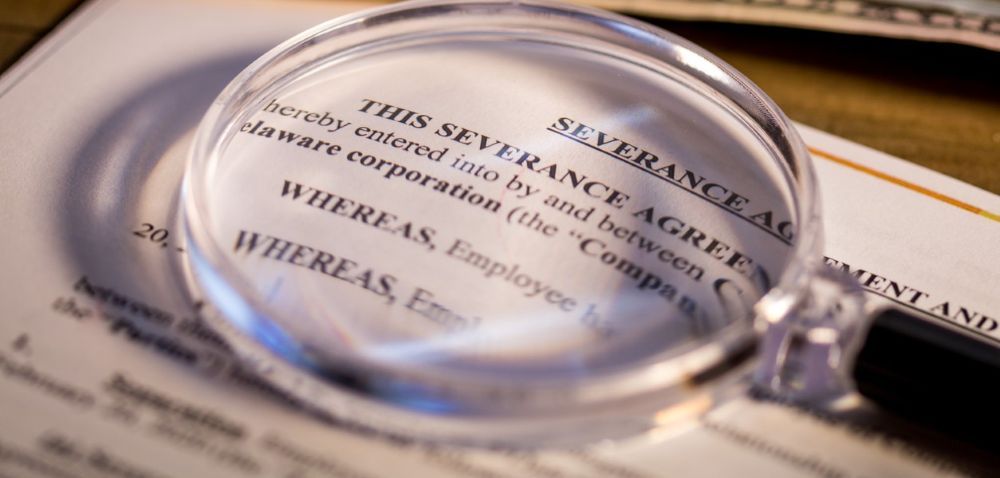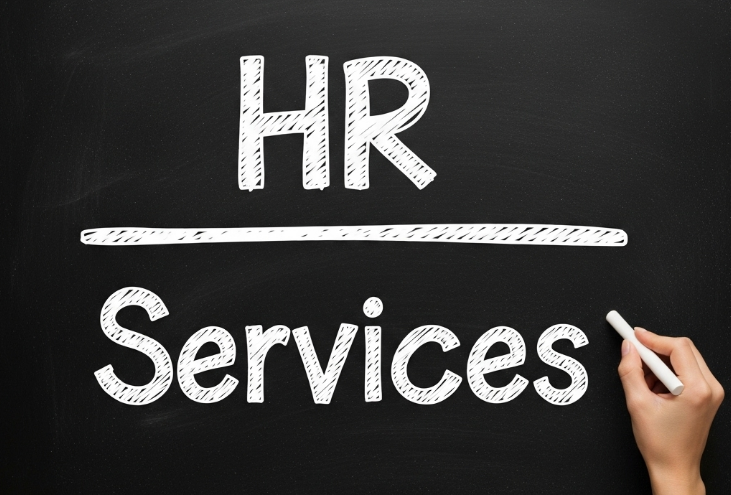What Constitutes a ‘Toxic Work Environment’?
We’ve all heard the term ‘toxic work environment’ before. It's often used in the context of a poor place to work. However, depending on who you talk to, it could mean different things. It could mean you have a bad boss, poor conditions, low morale, or a variety of other things. In this blog, we’ll define what a toxic work environment means and answer common questions people have about it.
Here’s what we’ll cover:
- What is a toxic workplace environment?
- Is a toxic workplace environment the same as a hostile work environment?
- What’s the difference between a ‘toxic workplace’ and harassment?
- How do you identify whether you have a toxic work environment?
- What behaviours are considered criteria for a toxic workplace environment?
- Can you sue someone for creating a toxic workplace environment?
- How to fix a toxic workplace environment
- How to detox a toxic work environment.
What is a toxic workplace environment?
A toxic workplace environment is a workplace setting that is not ideal for employees. Brace of a combination of negative behaviours, poor leadership, and unhealthy dynamics can make employees feel stressed, unsafe, or undervalued. Rather than being supportive and productive, the environment can be draining and harm both mental and physical health.
In a toxic environment, problems are commonly ignored or normalized. Leaders let things go, play favourites, and overlook certain behaviours. In turn, this leads to higher turnover and poor performance.
Is a toxic workplace environment the same as a hostile work environment?
There are similarities between toxic and hostile work environments. Holistic environments are more severe versions of a toxic work environment. Every hostile work environment is toxic. But not every toxic workplace meets the legal threshold to be considered hostile.
In order for there to be a hostile work environment, there needs to be proof of specific unlawful harassment or discrimination (race, gender, age, disability, religion, or sexual orientation). It needs to be severe enough to interfere with an employee’s ability to work. This type of environment can lead to legal action under human rights or employment laws.
What’s the difference between a ‘toxic workplace’ and harassment?
Harassment can create a toxic work environment. It is a specific type of misconduct directed at an individual or group, and it involves unwelcome behaviour that is offensive, humiliating, or abusive. Harassment can become hostile if it is severe, repeated or discriminatory. Examples include bullying, intimidating, sexual advances, slurs or derogatory comments.
How do you identify whether you have a toxic work environment?
There are a series of telltale signs that a workplace has become toxic:
Ongoing and normalized: Inappropriate behaviours are accepted and considered part of the culture.
Accepted or ignored by leadership: Leaders overlook or outright ignore the poor behaviour of employees.
Causing emotional distress, turnover, or health issues: Employees are uncomfortable, and work is causing them to take time off or even quit.
Low productivity and growth: Workplace performance is suffering, and growth has become stagnant.

What behaviours are considered criteria for a toxic workplace environment? The top 10:
Many types of behaviours could be considered criteria for a toxic work environment. Some you may not equate with toxicity, but when persistent, they can certainly create issues. Here are the top behaviours to watch for:
- Poor communication: unclear expectations, selective communication, dishonesty, or withholding important information
- Bullying or harassment: disrespect, intimidation, or discrimination from coworkers or leaders
- Lack of trust: micromanagement, unfair treatment, or constant criticism
- High stress and burnout: excessive workloads, unrealistic deadlines, and no support
- Gossip and negativity: frequent conflict, blaming, or divisiveness
- Absence of work-life balance: pressure to always be available or work long hours
- Fear-based culture: employees feel unsafe to speak up, give feedback, or make mistakes
- Disrespect: rudeness, gossip, exclusion, or favouritism
- Unfair or Unethical Practices: inconsistent treatment of employees, blurred boundaries or conflicts of interest, or the punishing of whistleblowers.
- Toxic Leadership: Authoritarian or absentee management, leading through fear, blame, or manipulation, and taking credit for others’ work
Can you sue someone for creating a toxic workplace environment?
Generally, you cannot take legal action against someone for creating a toxic work environment. A toxic culture, because of poor management or stressful conditions, is not typically recognized as a legal claim.
However, if a toxic environment is a result of harassment, discrimination, constructive dismissal, abuse, retaliation or because of a breach in employment standards, then you may have a legal claim.
If you have a complaint, speak with your HR representative. Alternatively, you can contact human rights tribunals, health and safety boards or consult with a lawyer to discuss your experience.
How to detox (fix) a toxic work environment
As an employer, a toxic work environment can cripple growth and quickly make your company an undesirable place to work. If you notice toxic traits (no matter how new), you need to take action immediately. Here are the steps to detox your toxic work environment:
- Acknowledge the problem: Leadership needs to first acknowledge that a problem exists. Conduct anonymous surveys or feedback sessions and listen to what employees have to say. Admit where the organization has gone wrong and then start to take action.
- Take corrective action at the leadership level: Change will happen from the top down. Train managers in emotional intelligence and conflict resolution. Set clear expectations for respectful behaviour. Most importantly, hold leaders accountable for their culture and conduct
- Be transparent: Clear communication ensures everyone is on the same page. It can help reduce confusion, gossip, and mistrust. Provide clear updates on new policies, decisions, and goals. Encourage employees to have an open dialogue with managers and ask questions. Address issues promptly
- Establish and enforce behaviour standards: Implement a strong code of conduct. But remember, it is only as effective as it is enforced. Create consistent consequences for misconduct and model respectful behaviour at all levels to ensure all employees are clear about expectations.
- Focus on continuous progress: Changing your culture and removing toxicity will not happen overnight. It takes time and consistency from everyone to make a positive change.
A final word about toxic work environments
A toxic workplace environment can take many forms. What matters most is recognizing the signs early and taking action before the damage becomes widespread. Employers have a responsibility to create a safe, respectful, and supportive atmosphere where people feel valued and able to thrive. By acknowledging concerns, empowering strong leadership, and committing to clear communication and accountability, organizations can rebuild trust, protect employee well-being, and shift toward a healthier and more positive workplace culture.
Looking to provide training for your leaders or employees. AugmentHR offers
management and leaders trainingand
employee training programs.
Ashley Thiel is a seasoned Human Resources professional and educator with over 17 years of experience in HR management, employee relations, and organizational development.
More Blogs to Help Improve Employee Relations
> Good Employee Relations Meaning & Examples
> Everything You Need To Know About Leadership Training Programs











